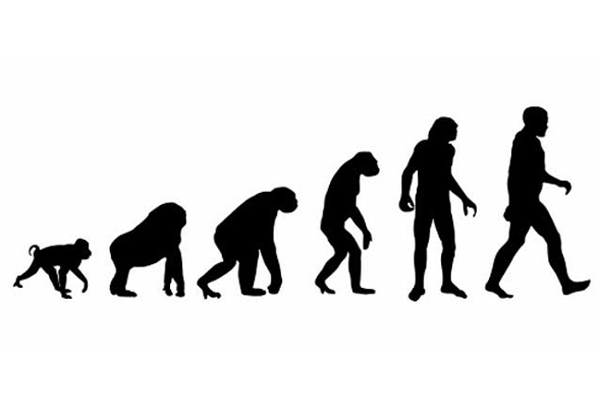What's the Missing Link?

The "missing link" is a term often thrown around by the media to describe fossils that are believed to bridge the evolutionary split between higher primates such as monkeys, apes, and humans. Many scientists cringe when it's used, because it often suggests far more importance and meaning a given discovery actually holds.
The technical term for missing links is transitional morphologies, or forms, and is used by paleontologists to describe important evolutionary discoveries that contain the anatomical features of both older and more recent physiology. A good example is the latest discovery of hominid fossils in Africa, which are believed to be a possible immediate ancestor to the human lineage, but NOT a missing link.
A missing link would possess the "in-between" evolutionary properties of both the ancestors' original traits and the traits of the evolved descendants, hence showing a clear connection between the two.
"Missing link is an outmoded term in biology, which I have to say most of us think should be forgotten and never used," paleoanthropologist John Hawks at the University of Wisconsin at Madison told Life's Little Mysteries. "On the one hand, it's a truism we can never recover every individual that contributed genetically to today's species, so we should expect 'links' to be missing. On the other, it implies total ignorance, where we usually know quite a lot about transitional forms."
The history of evolution consists of countless "missing links," as species continuously adapted to their environments over time and were replaced by evolved descendants or became extinct.
"Probably the most important thing is that most of the fossils we find aren't actually links," Hawks said. "The number of extinct side-branches is much larger than the number of true genealogical connections in the fossil record, and so when we find a fossil, we don't assume it's an ancestor of anything we interpret it as a sister group of some things."
While all modern species have followed different evolutionary paths, humans share a common ancestor with some primates, such as the African ape. For example, the hominid biological family branch includes humans, chimpanzees, gorillas and their extinct ancestors, while hominins include those species after the human lineage split from that of chimpanzees.
Sign up for the Live Science daily newsletter now
Get the world’s most fascinating discoveries delivered straight to your inbox.
"The notion of the 'missing link' dates from the early 20th century, when it was thought that human ancestors formed a sort of single chain receding into the remotest past," said paleoanthropologist Ian Tattersall at the American Museum of Natural History in New York. "We now know that the picture was much more complex than that, with a lot of now-extinct species jostling for ecological space and evolutionary success."
The term "missing links" was first used in 1851 by Charles Darwin's mentor, Charles Lyell, to describe samples of fossils he had found. Eight years later, Darwin published On the Origin of Species, in which, contrary to popular belief, he never used the term while describing his theories on evolution.
Over the years, many missing link fossils have been revealed to be hoaxes, with the most famous being the Piltdown Man. In 1912, a skull and jawbone found in a gravel pit in England were declared by scientists to be concrete proof of the connection between humans and apes.
More than 40 years later, the Piltdown Man was proven to be a fraud. It was nothing more than the lower jawbone of an orangutan combined with the skull of a modern human.
More recently, fossils of a "bird-dinosaur" were labeled as a missing link by National Geographic in 1999, but were later discovered to be the deliberately combined body of an early toothed bird with the tail of a dinosaur.









